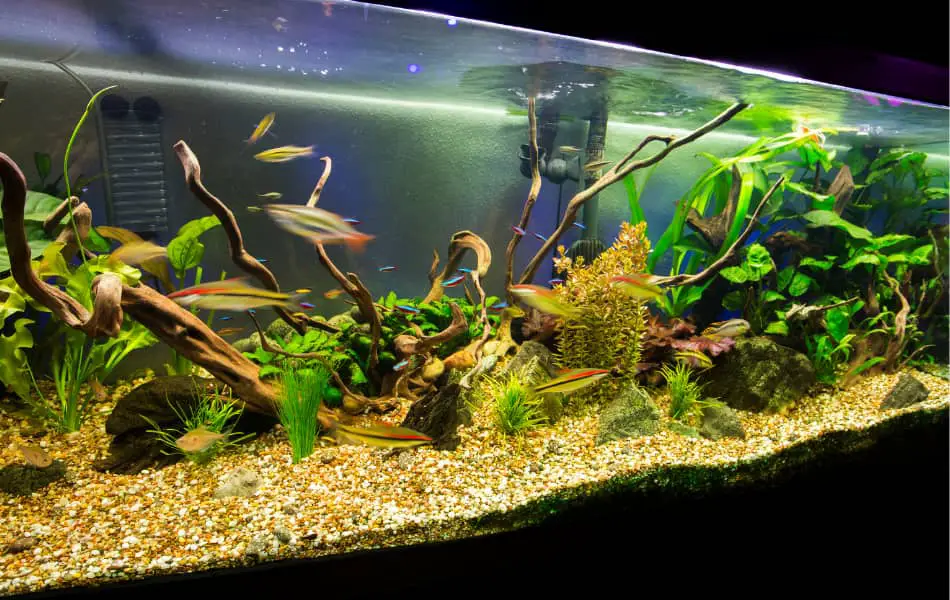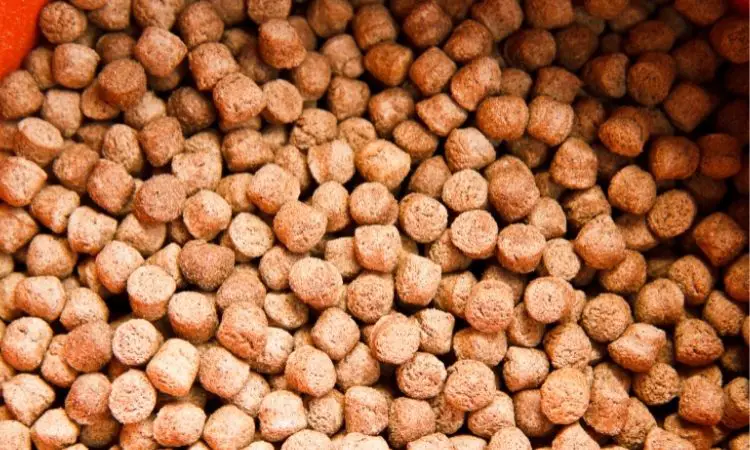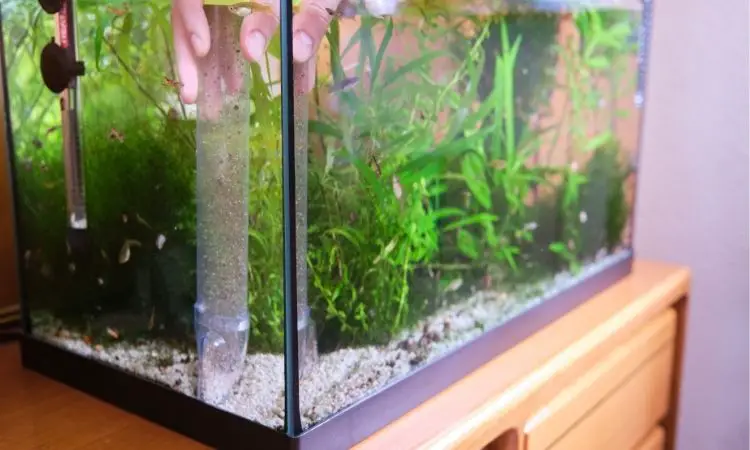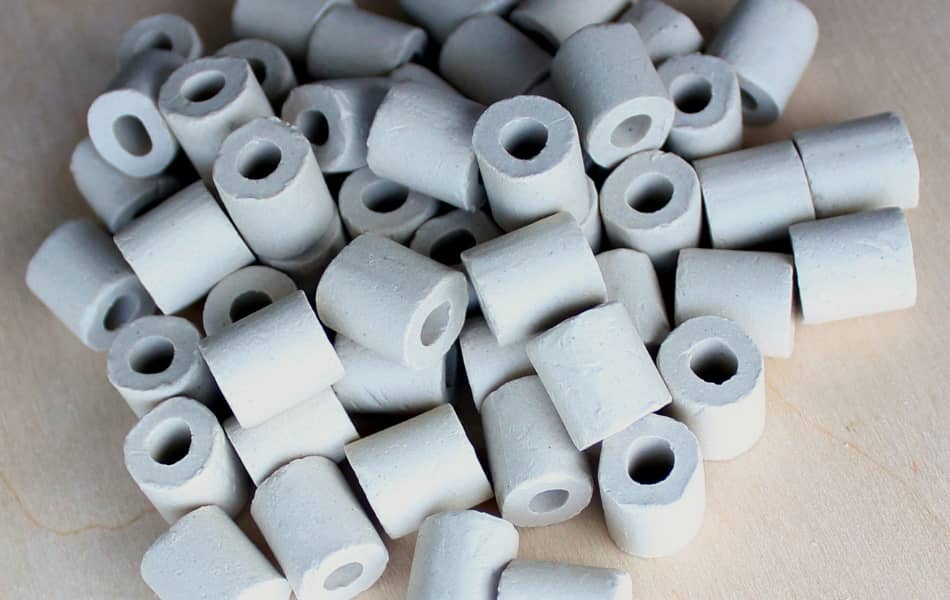
So, you have decided to treat yourself to the art and experience of freshwater aquarium fish keeping. Every year thousands of people become freshwater fish parents and discover the natural wonders of the aquarium. Aquariums provide a tranquil and relaxed atmosphere that leaves you feeling at peace.
In this article, we will go through a step-by-step guide to setting up a home aquarium. Before that, ask yourself, “What do I need for a fish tank?” In creating your little aquarium setup environment, you will also learn the process of setting up an aquarium, remember to introduce aquatic creatures, study how they should coexist, and observe their behavior firsthand. There is nothing like having an aquarium to help you understand, appreciate, and respect the environment around us.
Fun, accessible, and collaborating, you can convert your home/office into an entertaining and relaxing area for your family/employees by having an aquarium.
What Do I Need for a Fish Tank?
In the excitement of being a new pet parent, you have bought all the latest gear and equipment, like aquatic plants, gravel, and filters, that are needed to start you off on your journey of prepping an aquarium. Before you start, you must put a lot of thought into where you want to place your tank. It would be best to make sure that the tank is placed on even ground and the area you decide on can support the entire tank’s weight. A slanted tank can cause strain on the glass, and as a result, it can crack.
Rigid and flat surfaces are ideal; cabinets are a popular choice and are needed for larger and heavier fish tanks. However, for aquariums that are 30 gallons or less, any sturdy or reinforced furniture that’s compatible with a flat surface is enough.
NOTE:
Ensure that the chosen aquarium location can support the electrical requirements; this includes lights, heaters, and filters. Keep in mind that there is a powerpoint nearby; if not, try to conceal the extension cord. The fewer the number of wires, the better. It is common sense that water and electricity don’t mix well together, so to avoid any potential harm to yourself, keep the two far away from each other.
Before you ask yourself, “What do I need for a fish tank?” we have compiled a checklist that will enlighten you with the essential tips that you will need. Further on in the article, we will discuss setting up an aquarium in more detail.
Aquarium
Aqueon Aquarium Fish Tank Starter Kits with LED Lighting
This aquarium is excellent; it has a 4.5-star rating along with excellent customer reviews. The whole kit is fantastic and is available on Amazon.com in two variants, 10 gallons, and 20 gallons.
The bright LED lighting brings the aquarium to life. The fish tank also includes a 10-gallon glass aquarium, low profile full hood LED light, quiet flow LED Pro power filter with the Medium cartridge, 50W preset heater, premium fish food, water conditioner, fishnet, and a thermometer.
The filter has a red LED light that flashes to indicate when to change the cartridge. The pre-set heater will keep your aquarium temperature at a consistent 78 degrees; this temperature is excellent for tropical fishes; it also comes with a setup guide.
Fish tank gravel

The gravel you choose should be coarse enough to allow water to flow through it but fine enough to encourage healthy bacteria. This includes creek stones, coarse sand, and glass gravel; they are excellent choices. Avoid calcium and limestone-based gravel.
Spectrastone Shallow Creek Regular for Freshwater Aquariums, 5-Pound Bag
Every fish tank needs a good layer of gravel, and the spectral tone gravel is an excellent choice. Available on Amazon.com for 11 dollars, this product is currently in stock with a 4.5-star rating.
The gravel is exceptionally safe for usage in freshwater tanks, it won’t affect the pH level of the water, and it also has a non-toxic coating that won’t affect the health of your fishes.
Aquarium filter
Your fish tank filter should be rated to turn over the water at 3x to 5x speed to the aquarium volume every hour. For aquariums that are small-sized, you can use hang-on-back filters that are perfect.
Polar Aurora 4-stage External Canister Filter with 9-watt Uv Sterilizer, 525 GPH
By investing in a good filter, you can increase your fishes’ mortality and reduce the needed instances for cleaning the water within the tank. This filter is priced at 92.99 dollars and is currently in stock on Amazon.com. Two sizes are currently available the 525 GPH with media and the 525 GPH without media.
This filter has stellar ratings and reviews from customers online and is great for tanks that can hold up to 200 gallons of water. It has a built-in 9-Watt UV sterilizer that controls bacteria and algae spores from increasing and also helps promote clear water.
The filter has a self-priming pump that eliminates the need for manual siphoning, single valve disconnect, and priming pump was routine.
Replacement of the filter media
Ensure that you have plenty of filter cartridges that you can replace whenever needed. It would be best if you replaced them regularly at every stage of your fish tan; these cartridges will keep your tank clean and debris-free.
Heater
A fish tank heater is essential to limit the spread of any disease; it also supports the living condition of tropical fish. Consult your dealer to know what kind of voltage your heater requires to match your aquarium.
Uniclife HT-6050 Aquarium Heater Submersible with Thermometer for 10 Gallon Fish Tank, 50 W
This product is currently in stock and is priced at 11.99 dollars on Amazon.com. This heater has a wide application and can be used for tropical freshwater fish tanks. It can be easily adjusted and displayed at the upper portion of the tank.
Other decorations
You don’t need to stick to gravel; you can spruce up your tank by adding some fake or real plants. Your fish will be pleased with the added décor. Feel free to add a sufficient amount of fish tank accessories but don’t overdo it.
Penn-Plax RRW6 Wizards Castle Small 5.5″H Aquarium Decorative Resin Ornament
This aquarium décor piece provides visual interest to you and your fishes. The castle holes provide entryways for fish to swim through, and this way, they can reduce boredom. The castle is available on Amazon.com for 12.43 dollars and is currently in stock. The product has a 4.8-star rating and is very popular with fish tank owners too.
The ornament stands at 10.2 inches high and is 8 inches wide; the castle is double-sided; this means that you can place it at any portion of your fish tank. The castle is made of durable resin, and it isn’t toxic to the fish. There are two sizes available on Amazon; it ranges from 5.5’’ to 10’’.
Luffy Marimo Moss Balls – Aesthetically Beautiful & Create Healthy Environment – Eco-Friendly, Low Maintenance & Curbs Algae Growth
By purchasing this product, you will be bringing home a live plant that will benefit your aquarium’s ambiance and health. The four fluffy Moss balls are live plants that absorb nitrates. Fish excreta, debris, nitrates, and ammonia tend to disrupt the tank’s health, hygiene, and pH level. If this natural moss ball is present in your fish tank, it will absorb all the toxic elements. In addition, at 15.59 dollars, you can bring home a natural and thriving atmosphere for aquatic species.
They are available in large 2-packs, 4-packs, and 8-packs. The moss balls compete with algae for the same nutrients to grow, and since they absorb the necessary nitrates and phosphates, algae don’t have much to feed on. Consequently, the moss balls prevent the unwanted algae from growing back.
Aquarium water test kit
A good quality test kit is essential as it will allow testing the waters before you add your fish. In addition, it will alert you to the toxic conditions in your water tank and the pH level.
API FRESHWATER MASTER TEST KIT 800-Test Freshwater Aquarium Water Master Test Kit
You can purchase this kit on Amazon.com for 24.59 dollars. It’s a best-seller and a trendy choice among freshwater fish tank setup owners all over the United States! Don’t believe us? Then check the reviews. They are full of praises for this product; this is why it has garnered a four-and-a-half-star rating. The kit helps you monitor the nitrate level in your aquarium setup and keeps check of the pH level so that your fishes have a suitable environment to live in. These are designed to be used only for freshwater aquarium setup. Use this kit weekly, and you will begin to see the results quickly.
Fish food
Quality fish food will result in healthy, active. Bright and beautiful fish will look great in your tank. You should feed the fish at least twice a day; you can obtain the best value if you buy the fish in bulk. It’s advised to use a mix of color-enhancing flakes and frozen foods for more variety.

API TROPICAL Flakes Fish Food
For healthy and colorful fish for freshwater aquariums, you will have to provide them with good food; this fish food is really good and is available on Amazon.com for 12 dollars. The sizes that are available range from 1.1 ounce-5.7 ounces. This product contains all the critical nutrients needed for a complete and balanced diet for tropical community fish. The ingredients include menhaden and squid, which will provide the fish with all the necessary amino acids and optimal growth.
The food is created so that all the nutrients are absorbed, and the fish discharge less waste. This means that the water will stay cleaner and clearer because of this.
Aquarium Vacuum
The vacuum will be the heart of your aquarium and your maintenance team. It will help clean debris and feces from the gravel. This will, in turn, help reduce nitrates and stress on your fish.
Fishnet
Fishnets are helpful because they remove any dead plant matter, excess food and help move your live fish.
Aquarium glass scrubber
A scrubber is an essential tool for the maintenance of your fish tank. Always give your glass a quick scrub before you show off your tank to your house guests.

5-gallon bucket
A five-gallon bucket is helpful as it will help house the fish when you are cleaning your fish tank or even to clean the gravel.
Setting up the Aquarium
After acquiring everything you need to set your tank up, you will have to do the actual setup. Below is a rough guide to help you set your aquarium properly.
Cleaning the gravel
Once you have made up your mind on what kind of fish tank you want to use and the tank’s placement, you can begin to set up your tank.
Firstly you have to take the gravel that you bought and place it in your bucket. It will be best if you wash the gravel thoroughly. Beginners generally tend to forget to clean the substrate, resulting in the cloudy water in your tank for weeks.
You can begin cleaning the gravel by taking a hose and spraying the gravel with water. Ensure that the water is let out at pressure and spray the gravel directly in the bucket. While spraying the gravel, make sure that you use your other hand to stir the gravel in a circular motion. After a few minutes, drain the water and keep repeating the process until the drained water is clear.
Clearwater will signify that the gravel is clean. The cleaning process is vital because it expels any dirt and grime that can pollute the fish tank.
Placing the substrate
Gently start placing the gravel into the aquarium; make sure you don’t toss the gravel in as this can damage the glass and cause cracks. A small scoop can help speed the process up. The gravel should then be evened out with the help of your hands to create an even base that is at least half an inch thick.
You can also create a slight slant from the front of the tank towards the back; this will give an illusion of depth and provide a good perspective.

Filling the aquarium
Fill the tank with the help of a hosepipe; if you don’t have a small tank or don’t have access to a hosepipe, you can use a bucket. It should do the trick.
After you have filled the water tank, make use of a de-chlorinator. Even though there are no fish, chlorine and chloramines can build up over time. Therefore, it would be best to use a high-quality de-chlorinator to benefit the aquatic life in your aquarium. It may not sound like an investment, but you will need to use it every time you change the water in your tank and not just when you initially fill it.
Choosing the right Filter and heater
Filter material

Gently clean out the filter material under a tap or in a bucket. This needs to be done because the filter materials are stored in a warehouse and contain dust and debris; you would not want dust in your tank. Also, if your filter has a wool carbon packet, you will have to be careful not to rip it open.
You should also wash and clean any rocks and ornaments you wish to include in your fish tank. You will be shocked to notice how much dirt comes off, and you don’t want that to be included in your aquarium. Once you’re done cleaning, place the filter in the tank.
If it’s a hang-on filter, you will need to fill up the reservoir manually. For cycling, you will need to put it at the maximum. You can even do the same exercise for a canister filter and guarantee that the baskets are closely stacked and that the top is tightly locked in place to prevent any leaks.
Heating and Lighting
Two heaters are usually recommended, but you can use only one since a small fish tank lacks space. Heaters that can comfortably fit in a small tank are usually a good idea. Higher wattage heaters are a good choice as they are better and will save power and provide less strain on the heater.
Firstly, you will need to stick the heater to the glass of your fish tank where there is good water flow and less visibility. Then you will have to turn it on by rotating the temperature knob anywhere between 74 to 80 degrees. An orange light should come on while the heating element is active. This will provide aid in the cycling process.
NOTE:
Always choose a good light for the aquarium. You have to place the appropriate light on or above the tank; set a timer for no more than eight hours every day.
Cycling
At this stage, you will have to “cycle” your aquarium. This will endorse the buildup of denitrifying bacteria and is vital to set up your new fish tank.
It is significant to monitor the fish tank during and after the cycle. You can do it with your freshwater test kit. Most aquarium stores will also test your water for a tiny fee. A good quality test kit will be used for the lifespan of your tank; it can prepare you for an early disaster and is an excellent investment that will save you money.
The cycling process will stop any needless death of the aquarium’s first populace.
Final Thoughts
When you take care of your fish tank, it translates to healthy fish. Therefore, replacing your filter cartridge and performing a 25 percent water change every two to four weeks is vital. You will also need to vacuum the gravel methodically to remove any waste buildup.
A standard, siphon-operated gravel vacuum is the easiest and most effective way to achieve a water change and gravel cleaning. Water that appears cloudy, yellowish, or begins to smell bad is a sign that your aquarium water needs to change, and a new filter cartridge needs to be fitted immediately.
Due to too much bioload in the aquarium, the problem may persist. Or it may be because you have overfed the fish. It’s recommended that you bring a sample of your water to your dealer for testing. Remember, when replacing water in an aquarium, make sure that you treat it first. Most tap water contains chlorine, and by adding untreated tap water to your tank, you could harm your fish.
Conclusion
Be sure to ask your dealer for the water Dechlorinator that works best with your local tap water and replace old water with new water of approximately the same temperature to avoid shocking your fish. Set aside a variety of buckets, sponges, and towels for your aquarium maintenance. These tactics prevent the entry of harmful pollutants into the system. Also, always unplug electrical equipment before performing aquarium maintenance of any kind.
Hopefully, this article will provide helpful insight into your journey of being a fish keeper.